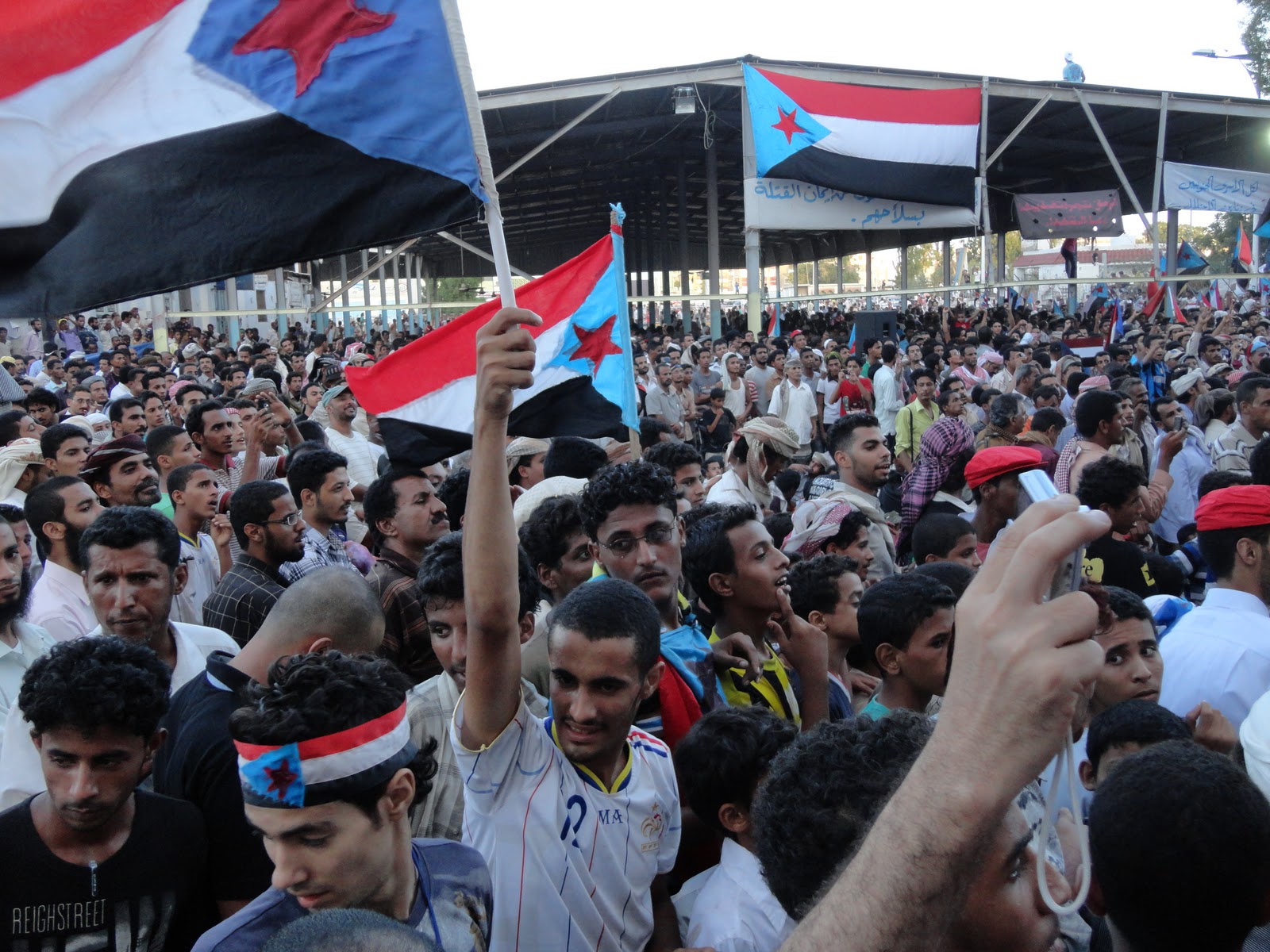“The revolutions of the Arab Spring happened because people realized they were the power” – Ismail Haniyeh
February 2021 marked the 10-year anniversary of the Arab Spring, a series of mass protests and demonstrations all over the Middle East with the sole aim to eradicate its autocratic governments and liberalise the region. However, a decade later, its results across the region have been mixed.
For Tunisia, free elections were successfully held in 2014, where they democratically elected President Beji Caid Essebsi through universal suffrage. However, quite the opposite was seen in Egypt. There, the oppressive regime of Hosni Mubarak was replaced with the even more tyrannical Abdel Fattah el-Sisi.
As such, there are a myriad of questions that need to be answered. What, if anything, has changed over these last 10 years? What did these Middle Eastern nations achieve? Are we seeing any improvements in human rights? And crucially, what are their hopes for the future?
Quick Recap
The Arab Spring was a series of pro-democratic uprisings and demonstrations that took place in largely Muslim countries within the Middle East. It started in December 2010, when a 26-year-old street vendor named Mohamed Bouazizi set himself on fire in remonstrance over his harsh treatment by local officials. His sacrifice served as a catalyst for the dubbed “Jasmine Revolution” in Tunisia, which spread like wildfire all across the country. Inspired by this bravery, similar protests were soon organized in Egypt, Yemen, Bahrain, Libya, and Syria, albeit on much smaller scales. These uprisings across the region were united with the same purpose: to overthrow their autocratic rulers.
Unfortunately, the protests mostly failed to bring about positive political change. The idea behind the Arab Spring was pure, genuine, and sincere. But at a certain point, it lost its purpose. The people’s hatred towards their governments and their desire to uproot their rulers united them, but they did not have a clear idea how to reconstruct their country after “winning the battle”. Instead of stamping out corruption, the Arab Spring worsened the situation and led to disastrous consequences.
The Legacy
For the countries involved in the riots, these last 10 years have been marked by increased instability and oppression. Libya and Syria collapsed into chaos, and Egypt entered into a new era of even more oppressive dictatorship. Today, around 60,000 people in Egypt are imprisoned for their political views, compared to 5,000-10,000 under Abdel Fatah al-Sissi’s predecessor, Hosni Mubarak.
Furthermore, the initial euphoria of liberation was followed by hundreds of thousands of casualties and an alarming refugee crisis. Bashar al-Asaad’s brutal response to the Arab Spring turned Syria into a slaughterhouse, forcing 4.5 million Syrians to flee the country and seek safety abroad. Yemen is fighting out a devastating civil war, and the struggle for Libya continues, even after Colonel Gadaffi was overthrown.
The chaos that pursued the demonstration allowed extremist parties and terrorist organizations to expand, in particular ISIS. They were given a strong platform to promote their agendas and manipulate the public with claims that their ideals “represented” the Arab Spring.
In short, the Arab Spring leaves behind a failed legacy. The uprising terribly worsened the situation in the Middle East – many of its goals for 2011 were denied, which paved the road for the rise of even more oppressive dictators. The inhumane intervention from foreign powers such as Russia, Turkey, Iran, Saudi Arabia, and the USA deepened the region’s devastation. They have also regressed economically. In 2018, the Middle East surpassed Latin America in terms of the number of citizens classified as “poor” for the first time, and the Covid pandemic has further worsened the situation.
Hopes for the Future
Even though the positive outcomes of the Arab Spring are debatable, the Arab Spring cannot and should not be classified as a failure. What these demonstrations showed is that the people have power. The threat of a grassroots revolt will always be held over the heads of these dictators, ensuring they will do more to appease their people. Although it is unlikely that equivalent large-scale demonstrations will occur any time soon due to the huge personal losses and great damages, they taught us a very important lesson: it can happen. The authority of dictators can be challenged. The regime can be brought down. Therefore, it can happen again and will happen again, and the next time, the people are going to be more prepared and achieve better results.
Democratisation and liberalisation are ongoing processes, and it is always human nature to maintain hope that one day, their lives will improve. In reference to the struggles the Americans faced after winning the Revolutionary War, Lin Manuel Miranda wrote in Hamilton: “Winning was easy … governing’s harder.” In these countries, many hold out hope that history may repeat itself soon enough, and allow the Middle East to rise up anew.






The best article i’ve read lately!
Totally agree with everything!